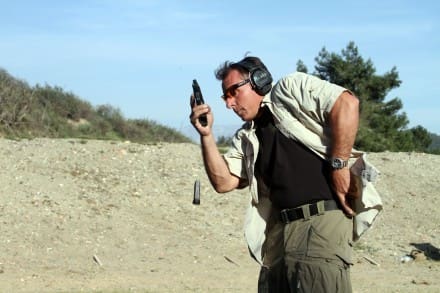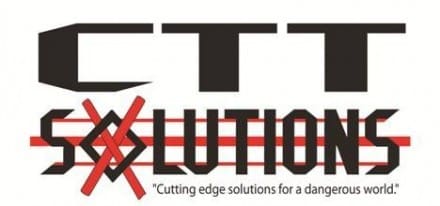The educated shooter is invariably the best shooter he or she can be, or at a minimum is on the right track for success. I often hear people in classes or read on the internet comments about how this drill or that one is “not realistic” or “would be meaningless in a real threat situation”. The problem is they don’t understand the difference between a drill and a scenario.
The definition of a drill as per Merriam-Webster is “a physical or mental exercise aimed at perfecting facility and skill especially by regular practice”. I articulate it in my classes as “the exercise of a component skill or technique for refinement and evaluation.” A scenario as per Merriam-Webster is “a sequence of events especially when imagined”. In classes, I define it as “a situation created to evaluate judgment and the selection and application of component skills or techniques.” A drill tests a technique and a scenario evaluates both judgment and the application of techniques. How you assemble a certain sequence of techniques is called tactics. Don’t confuse drills with tactics.
In summary, selected techniques are used to create and employ tactics within the guidelines of established principles of a given system or doctrine.
Training is science and without a logical approach it is sabotaged from the start. Be smart and train smart. That’s how the best at any skill have gotten there!
– Mike Pannone
Mike Pannone retired from the Army’s premier assault force (1st SFOD-D) after an explosive breaching injury. A year after his retirement America was attacked on 9/11 and he returned to help serve his country as the head marksmanship instructor at the Federal Air Marshals training course and then moved to help stand up the FAMS Seattle field office. In 2003 he left the FAMS to serve as a PSD detail member and then a detail leader for the State Department during 2003 and 2004 in Baghdad and Tikrit.
In 2005 he served as a ground combat advisor of the Joint Counter IED Task Force and participated on combat operations with various units in Al Anbar province. Upon returning he gave IED awareness briefings to departing units and helped stand up a pre-Iraq surge rifle course with the Asymmetric Warfare Group as a lead instructor. With that experience as well as a career of special operations service in Marine Reconnaissance, Army Special Forces and JSOC to draw from he moved to the private sector teaching planning, leadership, marksmanship and tactics as well as authoring and co-authoring several books such as The M4 Handbook, AK Handbook and Tactical Pistol shooting. Mike also consults for several major rifle and accessory manufacturers to help them field the best possible equipment to the warfighter, law enforcement officer and upstanding civilian end user. He is considered a subject matter expert on the AR based Stoner platform in all its derivatives.
Gunfighter Moment is a weekly feature brought to you by Alias Training & Security Services. Each week Alias brings us a different Trainer and in turn they offer some words of wisdom.
Tags: Alias Training and Security Services, CTT Solutions, Mike Pannone




See also, ‘functional’ vs. ‘artificial.’
Well said. Thanks for telling people to not confuse tactics and drills/skill building. It’s the same as PT, you do things to effectively train that you would not specifically do in a “realistic” situation.
Excellent distinction. I’ve found myself falling into that line of thinking from time to time, this helps put some of the drills I had previously dismissed in a new light.
Excellent. The comparison to fitness in the comment above is also spot on.
If fundamental skills are high, performance will be as well. This will show in improvements in drills, which will carry over to any other application.